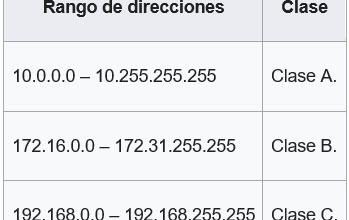IP Networks What are they, what are they used for and how do they work?
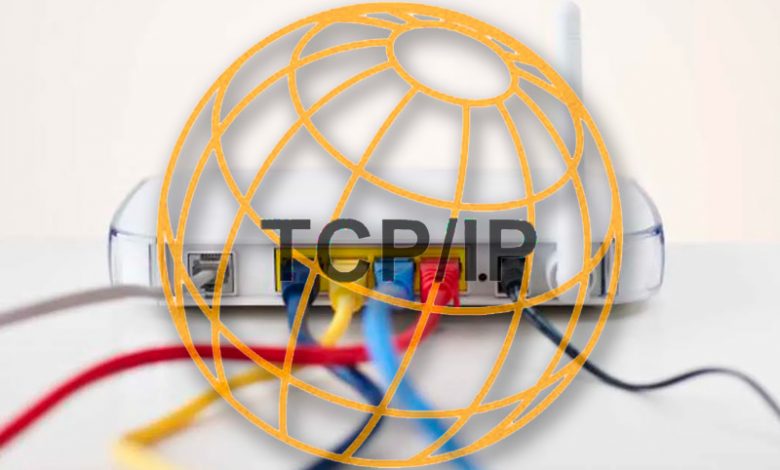
It is highly probable that you heard acronym IP at one point . Even without moving in the IT world, these letters are recurrent on the Internet and in associated services.
Well this is one of the basic elements who make up the how we communicate et get information today.
If you've always wanted to know what he wanted to say , how he worked and what has served , East come to the place indicated. In this article you discover all this and much more . When you are done reading it, you will understand what it is and how to use it properly.
What is an IP network and what is it used for in IT?
The best analogy that we can do with a IP network is that of a Postal code . In other words, it is an interconnection of IP addresses . In turn, these networks connect to each other and form a large network. Does this definition sound familiar to you? It's because we are talking about the internet itself . But so far not everything is clear. To improve this, we will try to explain what is an IP address . These acronyms mean Internet Protocol . With what can be said, these are rules and steps to follow in a set of networks connected.
He is responsible for direct traffic (information) to the location indicated. As if it were the house number and street (depending on the theme of the postal code). From this we can already distinguish three parts of the IP adress . La destination, origin and package . But this system does not work by itself . You need a support material which is neither more nor less than the router . This device is managed in language IP and takes care of find addresses IP in a table (routing table) and send the packet to that destination.
In the same way as the traditional postal service, it would be impossible to direct information traffic if all packages arrived at the same place and were distributed from there. This is where we need to IP networks . As we will see later, they serve as filters so that this data reaches the port without having to search in all the addresses . As with international telephone codes, area codes, area codes, etc.
IP network protocols And without all the interactions?
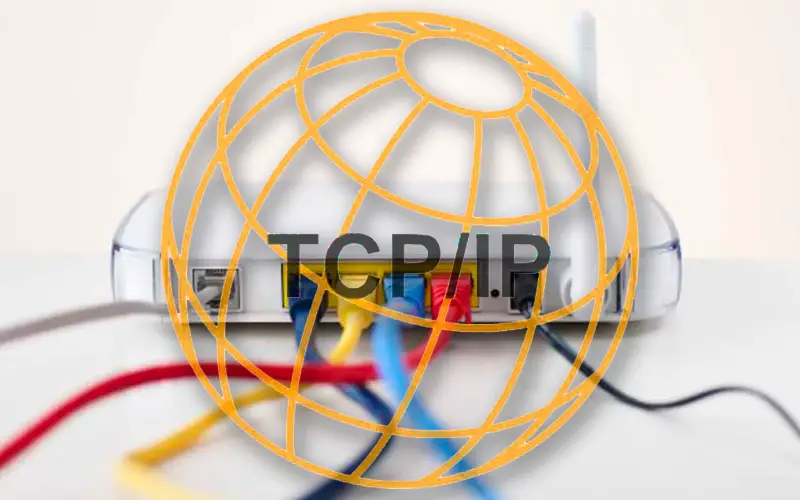
But on its own, the IP protocol is insufficient for the form of connection we use today . To better understand this concept, we'll show you which others collaborate to realize the Internet as we know it today.
Let's see below:
IP
This is the basis by which packets travel . And by the latter we mean all kinds of data. Images, pixels, audio, text information, etc.
We can divide this type into three (as we anticipated earlier):
- Le premier est l ' destination IP address , that is, where the information goes.
- The second is the source IP address . It is nothing more than the location of the origin or transmission of data.
- Finally we have the IP packet . It is the set of data that is transported across connections from one point to another. It is nothing more than the contents an email, a picture on a web page, or even the content of a video call.
Le work of ce protocol is take charge of transporting the package from one address to another . It doesn't matter if the package arrives correctly (just like the worst traditional courier services).
TCP
Due to the latter, the control protocol du transportation intervenes . Who is the one who oversees the integrity of these packets. What would be a supervisor of IP protocol . If there is a problem and the package does not reach the final destination, TCP tells IP to send this information. The set of these last two is known as le name of TCP / IP, DoD or DARPA model . On which the Internet operates today.
UDP
With the previous ones, we have already assured that all packages will reach us. However, this is not the case with the order in which they will do it . This is a minor factor when entering a web page (for example, it doesn't matter which image is loaded first ). But this is not the case with instant communications .
It is time for the user datagram protocol appears on the stage . Which is responsible for indicating that retransmission of packets is not necessary and prioritize the order in which they arrive . In this way, unnecessary data is omitted if it is to be used in the wrong order. For example, frames ( wefts ) which will not be transmitted during a video call.
RIP, OSPF and BGP
“UPDATE ✅ Do you want to learn more about IP networks and how they work to connect everyone? ⭐ ENTER HERE ⭐ and learn all about SCRATCH! ”
Routing Information Protocol , open to short way et Border Gateway Protocol are respectivelyprotocols that are responsible for fill in Table de routing . It is from this list that the router obtains the addresses to send a IP packet .
MPLS
Finally we find the multiprotocol label switch . If you manipulate the tongue, you will already know what it is. But we can tell you that it is a protocol which is located at the heart of a network and which is responsible for road labeling . So that packages that go the same have the same tag . This identification uses its own language.
IP addresses? What are they and how are they different?
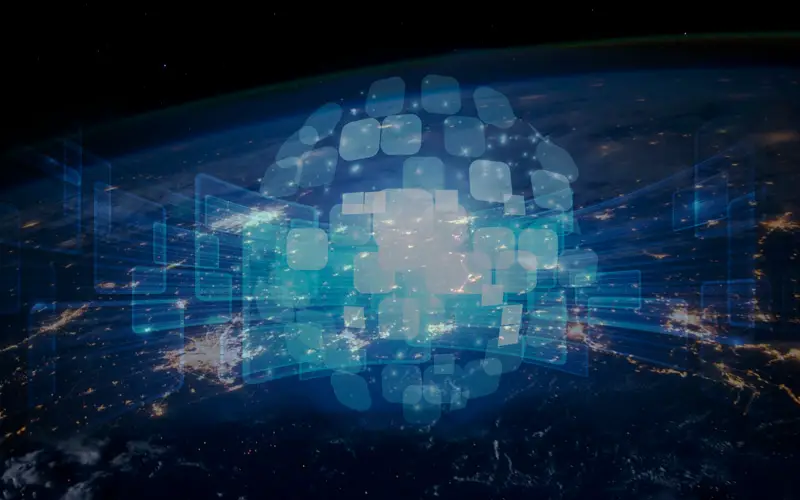
As we have already mentioned, a IP adress is an address which identifies a specific computer . It consists of a series of numbers separated by periods .
But in addition to that, we can find different types:
- Dynamic IP range in changing the number of your address. They are generally safer because they make tracking difficult, but at the same time less stable.
- Fixed IP addresses retain the assigned number unchanged . They tend to have faster upload and download speeds, as well as being more stable. In turn, they can be divided into two categories.
- Public IP . They are visible on the rest of the networks and are the reference point for servers to find our router.
- Private IP . On the contrary, the private ones are assigned to each connected device within the network that shares the public IP . For example, in a WiFi network , the mobile phone and the computer have of IP addresses private different, but both receive information via the public IP address .
In turn, in this last category (private IP), three types of addresses are defined:
- Class . it allocates the first byte for network identification and the last three to be allocated to hosts. They are generally used by large private networks .
- class B . They are used by SMEs or medium-sized networks with multiple connected devices. In such a network, the first two bytes are allocated to identify the network and the rest for the hosts.
- Class C . They are the most used by homes or home networks . Where the first three bytes identify the network and the rest the hosts (allowing a maximum of 254 ).
Internet Protocol Versions What are all those that exist so far?
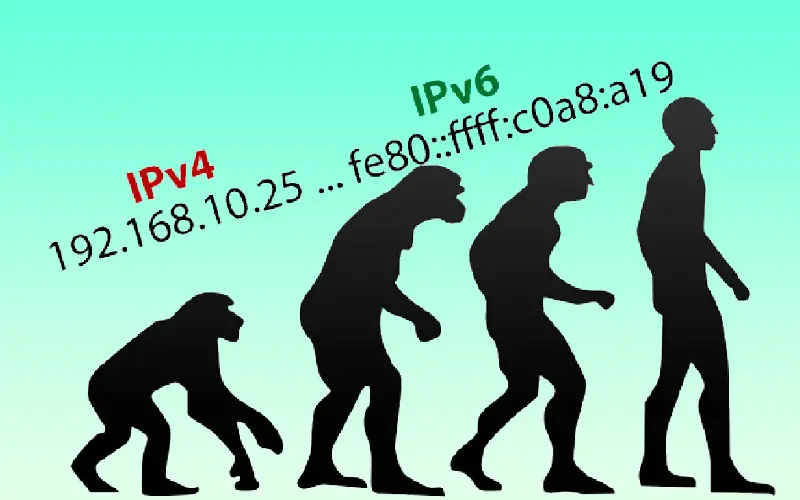
Currently and for the moment, two versions are used on the Internet , 4 and 6 .
Between the two there is a big difference and possibilities as we will see below:
IPv4
He is used 1981 nowadays. Many devices still use it. IPv4 is made up of four sets of numbers up to 255 and separated by periods. For example ( 73.122.131.12) . This version of the protocol works with 32 bits (2 with exponent 32). This is why these networks only support a maximum of this quantity of connected equipment. This number has long been exceeded. It was therefore decided to incorporate the next version.
IPv6
Unlike its predecessor, this version works on 128 bits , it therefore allows a large number of connected devices . The second difference is the way an address is expressed ( 2001:0db8:3c4d:0015:0000:0000:1a2f:1a2b ).
But in addition to the differences, this version has some advantages , such as incorporation security protocols , performances increased , even the possibility of change network without losing functionality of the address.
If you have any questions, please leave them in the comments, we will get back to you as soon as possible, and it will be a great help for more community members as well. Thank you!

